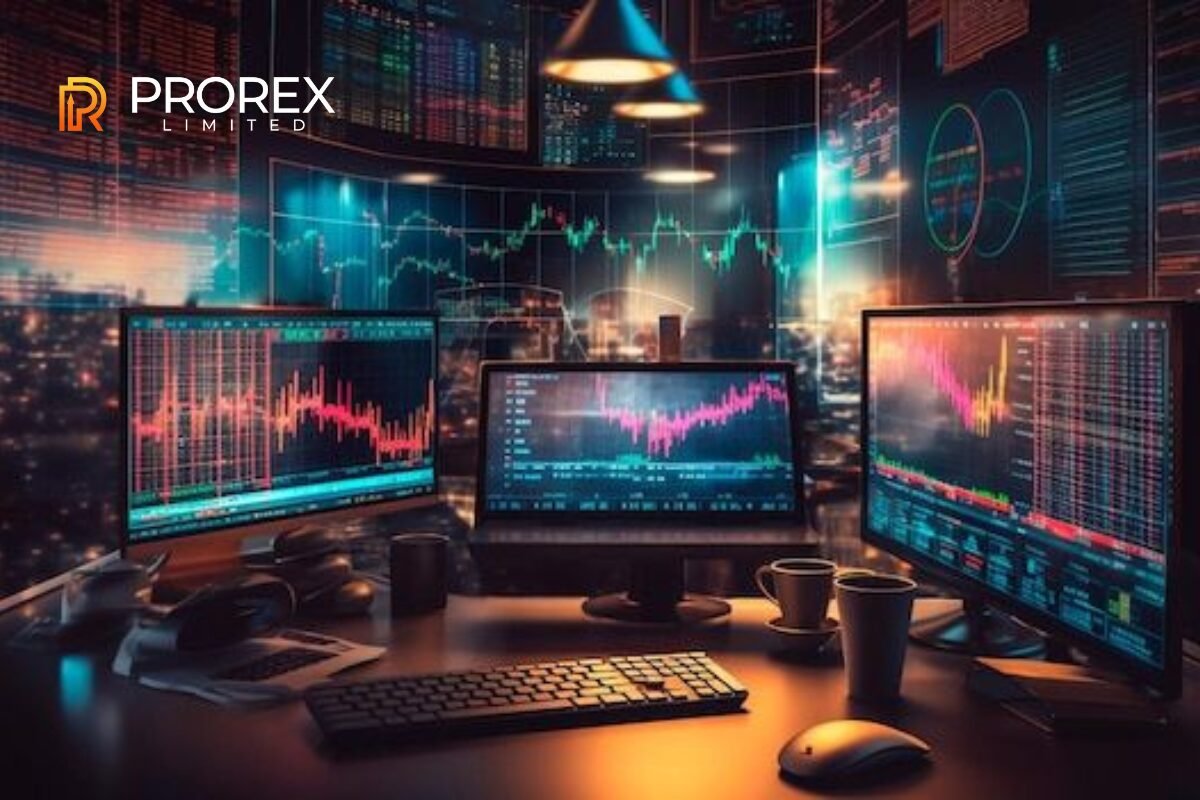Top 10 Gaming Altcoins: Blockchain has redefined what gaming means. Gone are the days when players spent hours in-game without seeing any return. Now, GameFi (gaming finance) enables players to earn, own, and influence the games they love.
With the industry on track to surpass $65 billion in market size by 2027, GameFi is entering a more mature phase—one driven by gameplay quality, in-game economies, and decentralized governance. But as with any frontier, investors must navigate volatile markets, regulatory pressure, and project sustainability.
Why Gaming Altcoins Are More Than Just Tokens
Gaming altcoins are the lifeblood of decentralized gaming ecosystems. They power gameplay mechanics, player incentives, NFT minting, and staking—while also offering governance rights and community rewards.
With the surge in Web3 development and NFT adoption, these tokens have become multi-purpose assets, blurring the line between entertainment and investment. Choosing the right tokens involves evaluating their technology, user base, utility, and long-term viability.
Top 10 Gaming Altcoins to Watch Closely in 2025
1. Immutable (IMX)
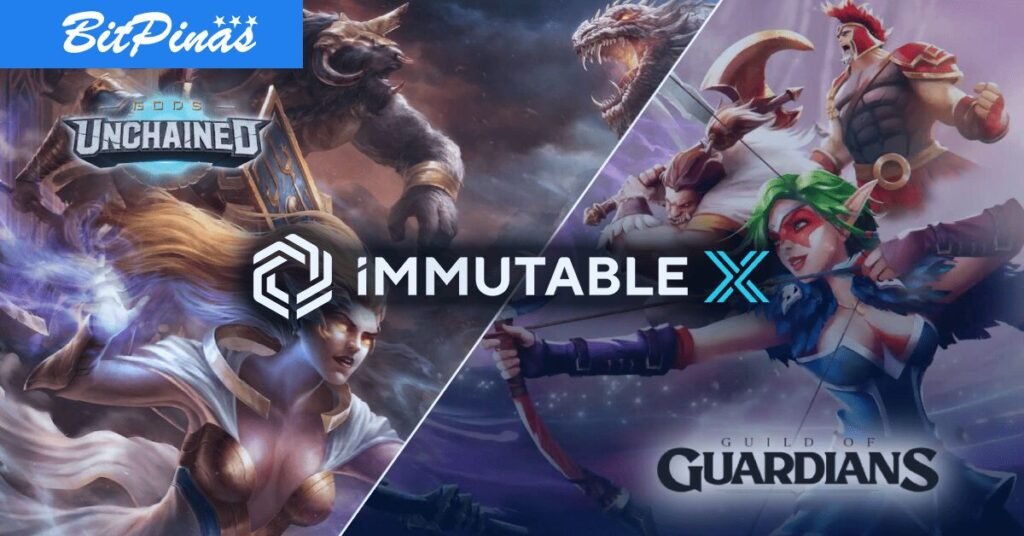
Source: BitPinas
Built for scalable NFT trading, Immutable delivers a fast, gas-free solution for Ethereum-based games. With over 9,000 transactions per second, its Layer-2 model supports popular games like Gods Unchained and Guild of Guardians. While regulatory concerns have emerged, the project’s infrastructure focus gives it lasting relevance.
2. Floki (FLOKI)
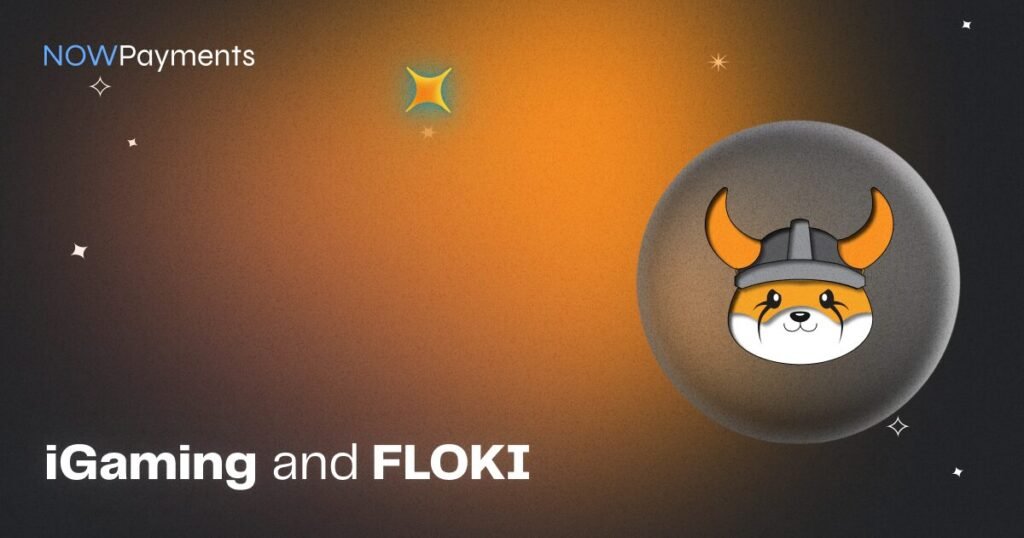
Source: NOWPayments
Once a meme token, Floki now supports Valhalla, a functional metaverse that blends NFTs, DeFi, and gaming. It runs on both Ethereum and Binance Smart Chain, with a focus on utility and branding. Floki’s wide community support and cross-chain tools keep it in the spotlight for GameFi investors.
3. The Sandbox (SAND)
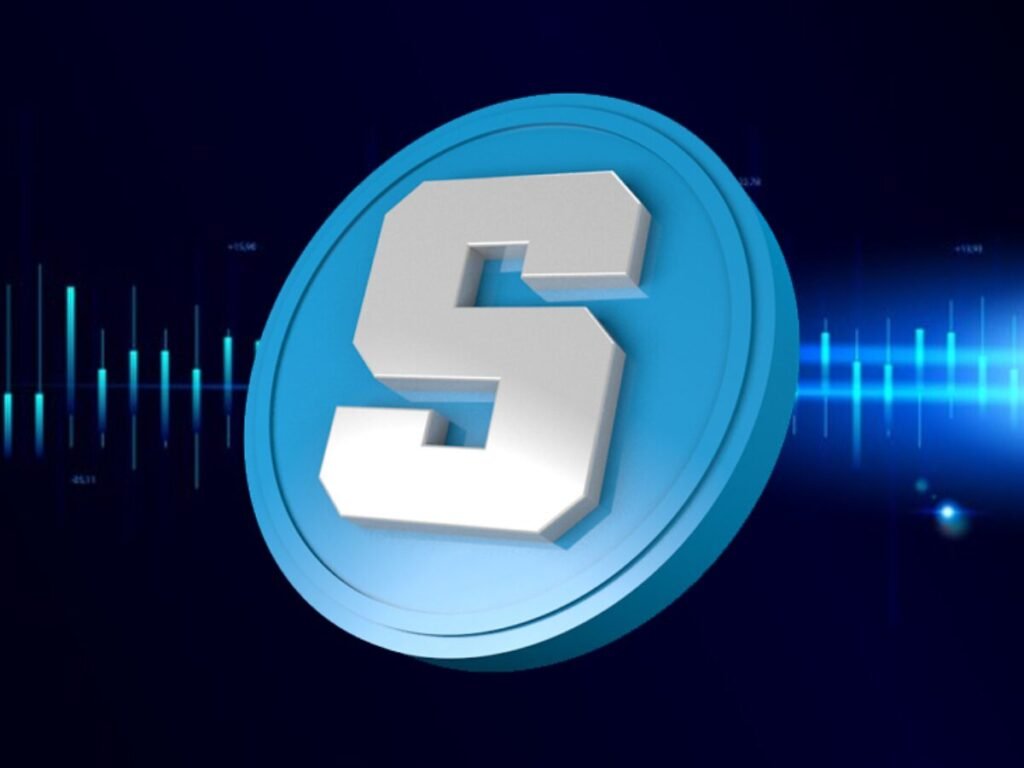
Source: AMB CRYPTO
The Sandbox provides a creator-first metaverse, enabling users to build and monetize games and digital experiences. Its LAND ownership model and NFT marketplace drive real estate speculation and social interaction. With high-profile collaborations, it maintains strong visibility—though its pricing volatility poses challenges.
4. Beam (BEAM)
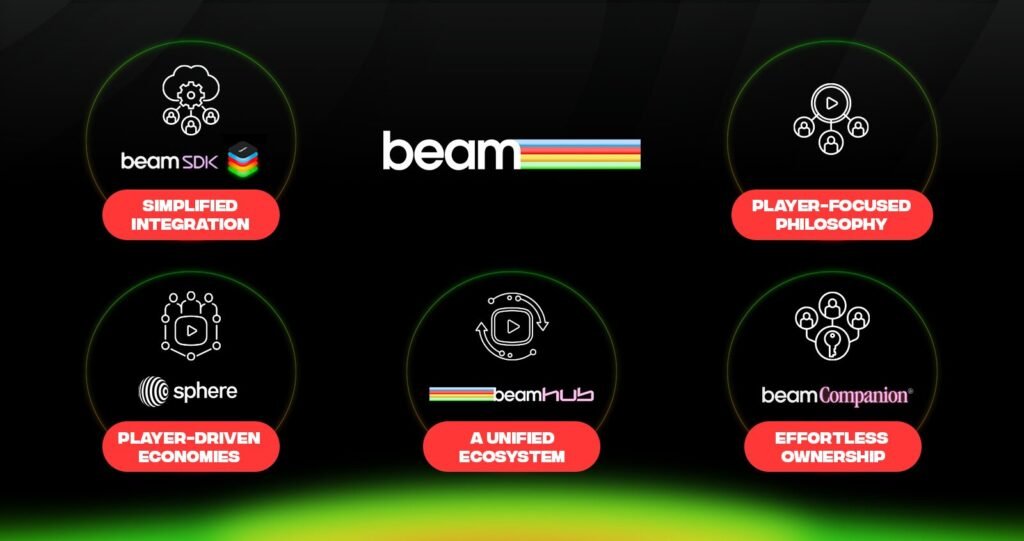
Source: AVALAUNCH
Formerly Merit Circle, Beam has transitioned into a dedicated infrastructure layer for gaming on Avalanche. Its developer toolkit and SDK support decentralized game development while its DAO governance model is evolving after a recent conflict. Beam’s focus is clear: provide the tools for the next generation of Web3 games.
5. Gala (GALA)
Gala has broadened beyond gaming to include music and film, creating a cross-media blockchain entertainment platform. Its GALAChain enables asset interoperability, and its games span genres from FPS to farming. While legal issues remain, Gala’s diversified content strategy gives it multiple paths to growth.
6. Axie Infinity (AXS)
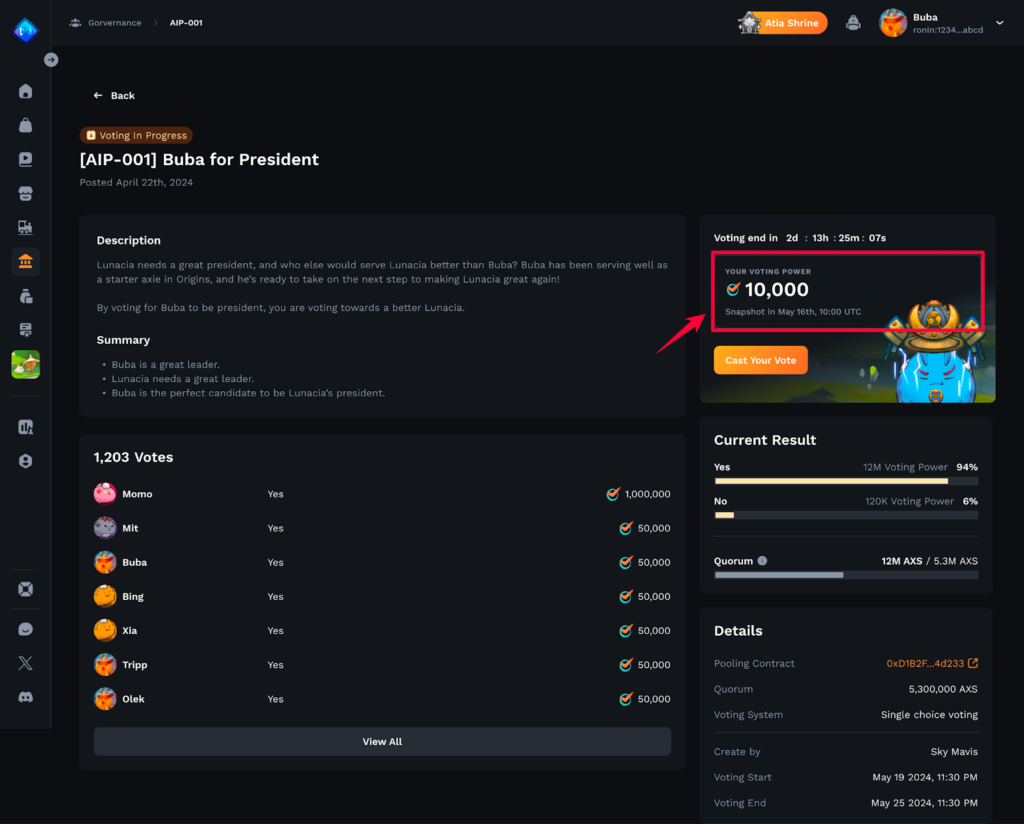
Source: Sky Mavis
Axie has adapted to its post-hype era by lowering entry barriers and emphasizing sustainability. AXS serves as the governance and staking token, while SLP is used in gameplay. With a maturing community and a refreshed ecosystem, Axie continues to innovate within P2E frameworks.
7. MultiversX (EGLD)
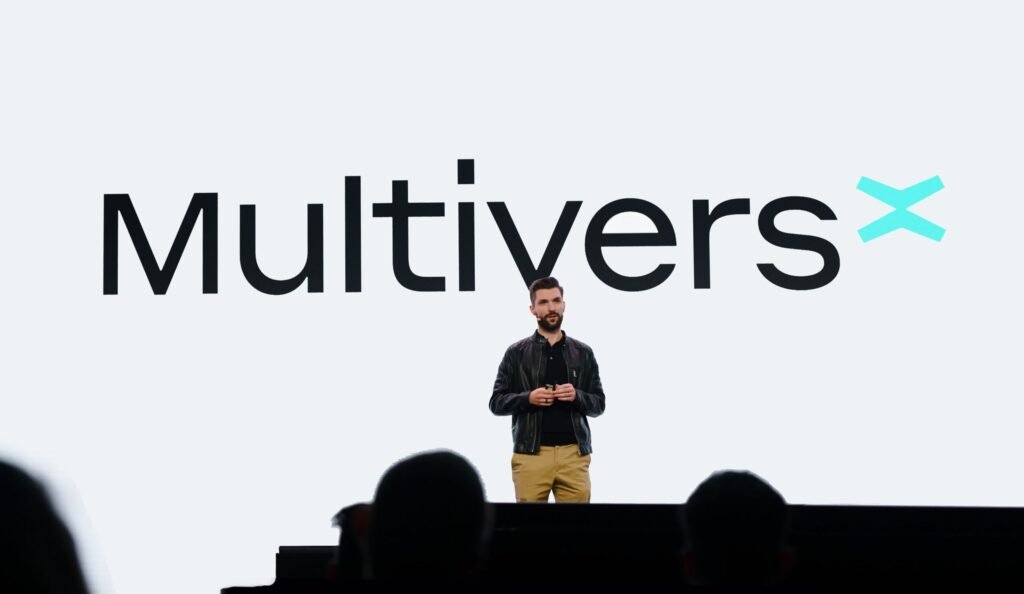
Source: Burocratik
Previously Elrond, MultiversX supports smart contracts, gaming, and metaverse applications with its high-speed and eco-conscious architecture. Its adaptive sharding makes it a scalable choice for developers, and its native ecosystem is attracting Web3 builders looking for performance.
8. Decentraland (MANA)
As one of the earliest Ethereum-based metaverse projects, Decentraland remains a staple of virtual land ownership. Its DAO governance allows users to shape platform rules, and MANA is used for buying land and virtual goods. Despite a drop in user activity, it remains structurally relevant.
9. Apecoin (APE)
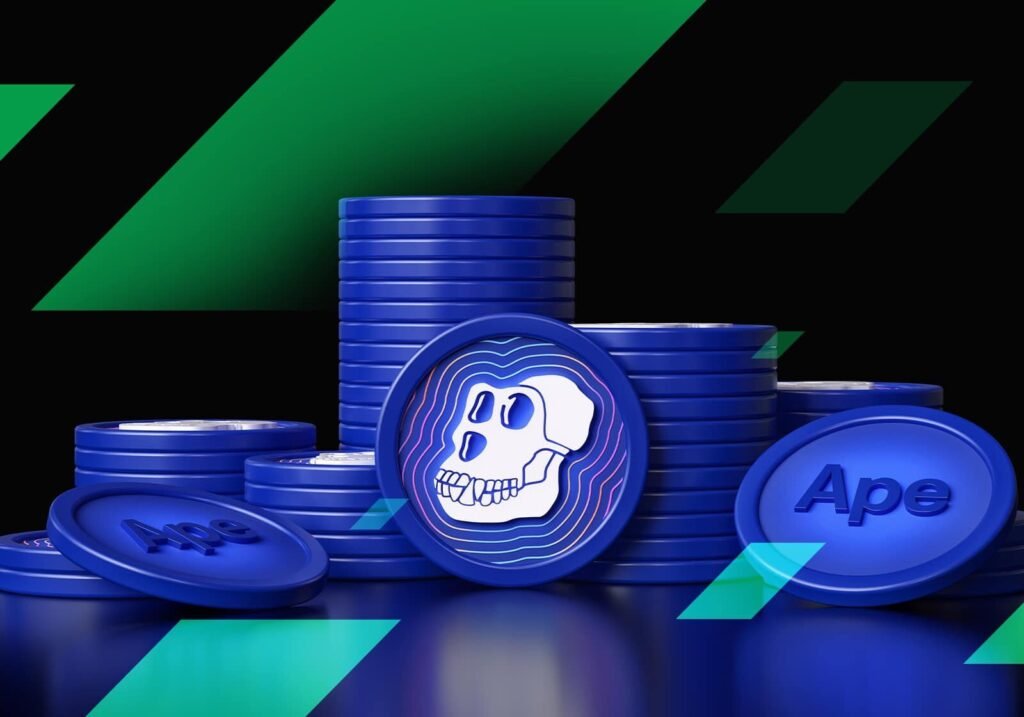
Source: Stormgain
APE fuels the Otherside metaverse, developed by Yuga Labs of Bored Ape Yacht Club fame. It’s designed for utility and governance across a growing digital ecosystem. As NFTs evolve into full gaming experiences, APE will be key to powering interactions within Yuga’s universe.
10. Top 10 Gaming Altcoins: Superverse (SUPER)
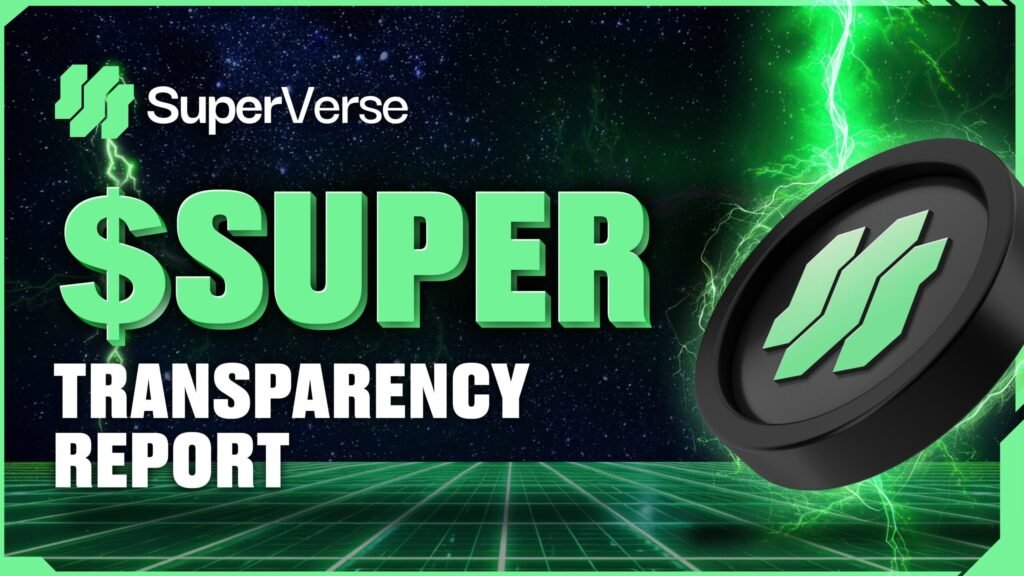
Source: X
Rebranded from SuperFarm, Superverse is building a multi-game Web3 platform anchored by its title Impostors. The project supports staking, NFT ownership, and multi-chain deployment across Ethereum and Base. It’s a rising contender focused on scalable game deployment.
Honorable Mention: Top 10 Gaming Altcoins – Off The Grid
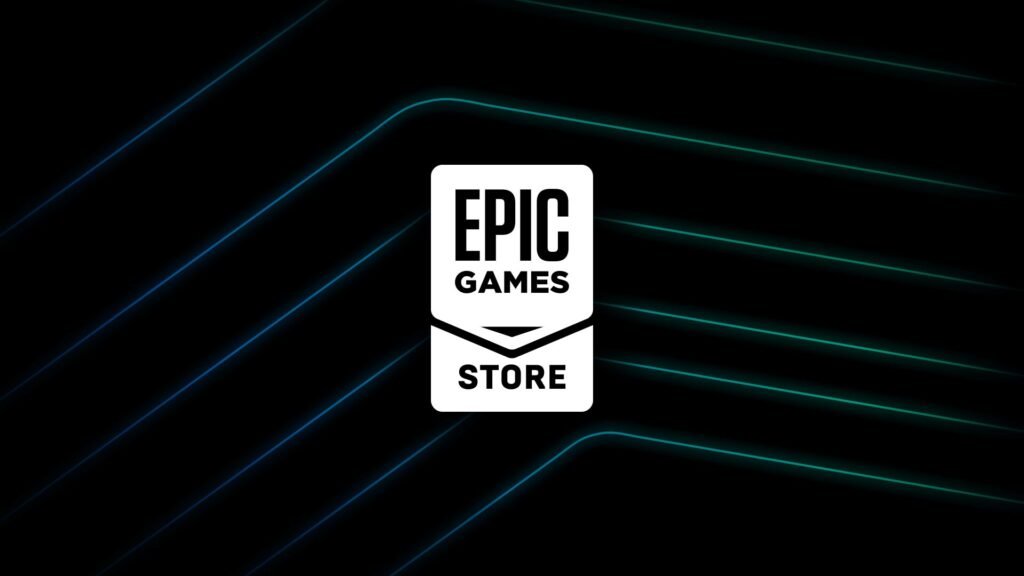
Source: Epic Game Store
A Web3 shooter designed for mass appeal, Off The Grid is directed by District 9’s Neill Blomkamp and built on Avalanche. Though not yet tokenized, its release on the Epic Games Store makes it one of the most watched titles for 2025.
Top 10 Gaming Altcoins : Comparative Table of Top Gaming Altcoins
| Project | Token | Utility Scope | Blockchain | Noteworthy Features |
|---|---|---|---|---|
| Axie Infinity | AXS | P2E, Governance | Ethereum, Ronin | Free-to-play reboot, legacy leader |
| Sandbox | SAND | Metaverse, Land Ownership | Ethereum | NFT world-building, celebrity IPs |
| ImmutableX | IMX | NFT Scaling (L2) | Ethereum | High speed, zero gas |
| Gala Games | GALA | Cross-Media Platform | GalaChain | Games, music, film in one place |
| Beam | BEAM | Game Infra & Governance | Avalanche Subnet | Dev tools, DAO legacy |
| Floki | FLOKI | Metaverse + DeFi | Ethereum, BSC | Branding success, Valhalla game |
| Decentraland | MANA | Metaverse & DAO | Ethereum | Virtual economy, governance |
| MultiversX | EGLD | Scalable Infrastructure | Native Chain | Smart contracts, sharding model |
| Apecoin | APE | NFT Gaming, Governance | Ethereum | BAYC ecosystem expansion |
| Superverse | SUPER | Web3 Game Publishing | Ethereum, Base | NFT staking, rebranded growth path |
Top 10 Gaming Altcoins : Web3 Gaming Trends to Expect in 2025
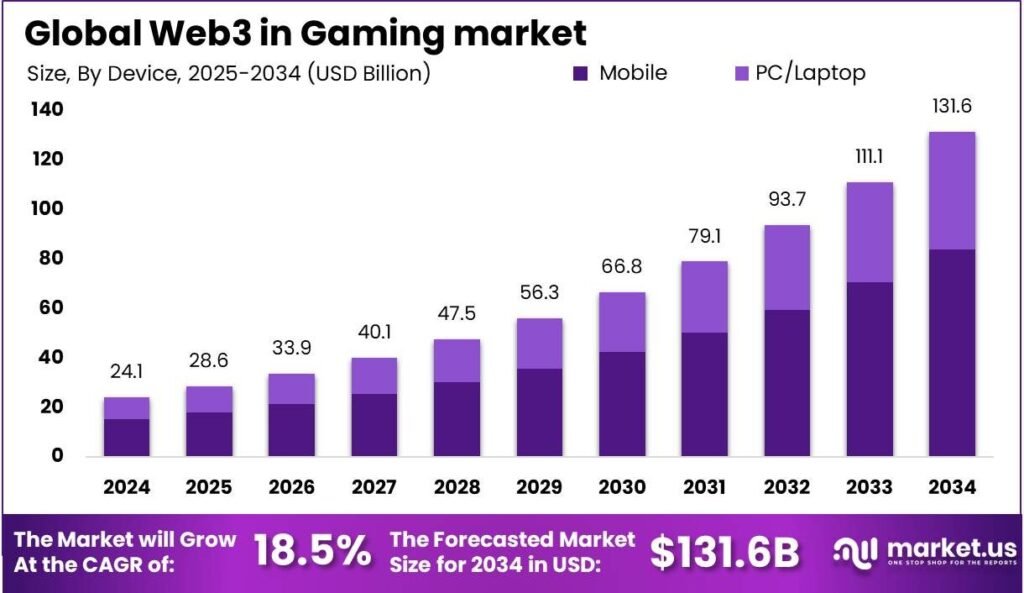
Source: Market.us
1. Play-and-Earn Evolves
Projects are focusing on fun-first design, with earning mechanisms designed to support, not replace, gameplay. This marks a shift from early P2E models toward sustainable in-game economies.
2. NFT Assets with Real Utility
NFTs are becoming more functional: from character skins and weapons to real estate. GameFi projects are pushing for cross-platform, tradable assets that retain value beyond one title.
3. Growth of the Open Metaverse
The metaverse is becoming more open, with persistent worlds and economies that support commerce, identity, and decentralized governance.
4. Community Governance Through DAOs
Token holders are being empowered with votes on game rules, asset inflation, and developer funding. While messy, DAO governance is becoming a feature, not a bug.
5. Green Blockchain Gaming
As concerns grow over energy consumption, developers are choosing low-emission networks that align with sustainable gaming goals.
Comparing Traditional and Web3 Gaming
| Factor | Traditional Games | Crypto Gaming (Web3) |
|---|---|---|
| Ownership | None | Full asset ownership (NFTs) |
| Earnings | No return | Token rewards (P2E, staking) |
| Governance | Centralized dev studios | Community via DAOs |
| Play Model | Pay-to-play or subscription | Free or token-gated entry |
| Portability | Non-transferable assets | Interoperable digital items |
Risks to Consider When Investing in GameFi
- Token Volatility: Gaming coins often mirror broader crypto market swings.
- Unclear Regulation: Many tokens remain in legal gray areas.
- Scams and Rug Pulls: Not all GameFi projects are legitimate.
- Technical Bugs: Smart contract vulnerabilities can disrupt ecosystems.
- User Retention Issues: Some games struggle to maintain long-term engagement.
Final Take: Are the Top 10 Gaming Altcoins Worth Watching in 2025?
GameFi in 2025 is no longer just experimental—it’s defining how value flows through digital worlds. The top 10 gaming altcoins listed here offer unique combinations of community, tech, and narrative.
They’re not just game tokens—they’re pieces of the next digital economy. For investors and gamers alike, these tokens represent a new form of participation. But as always, research and timing will be everything.



